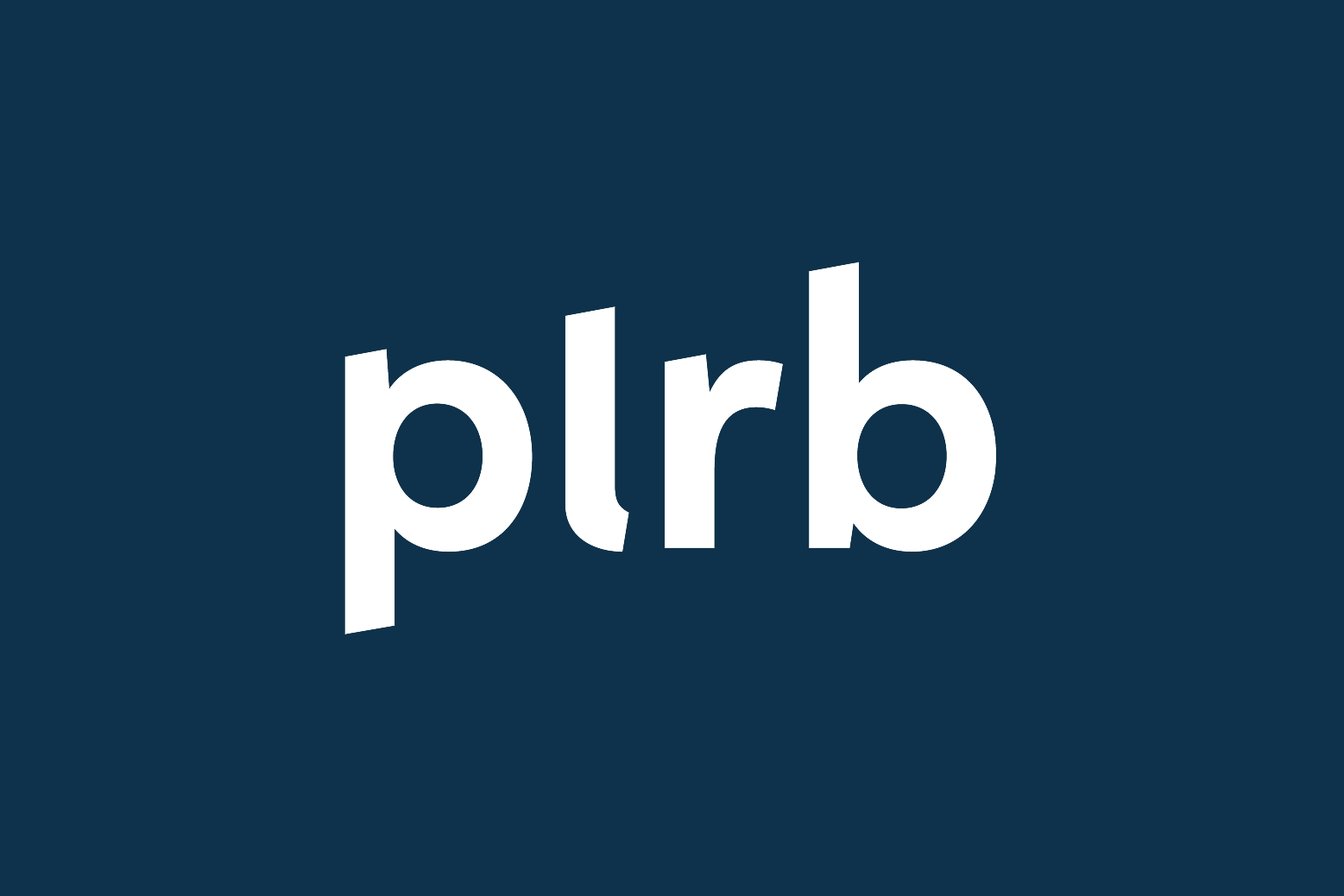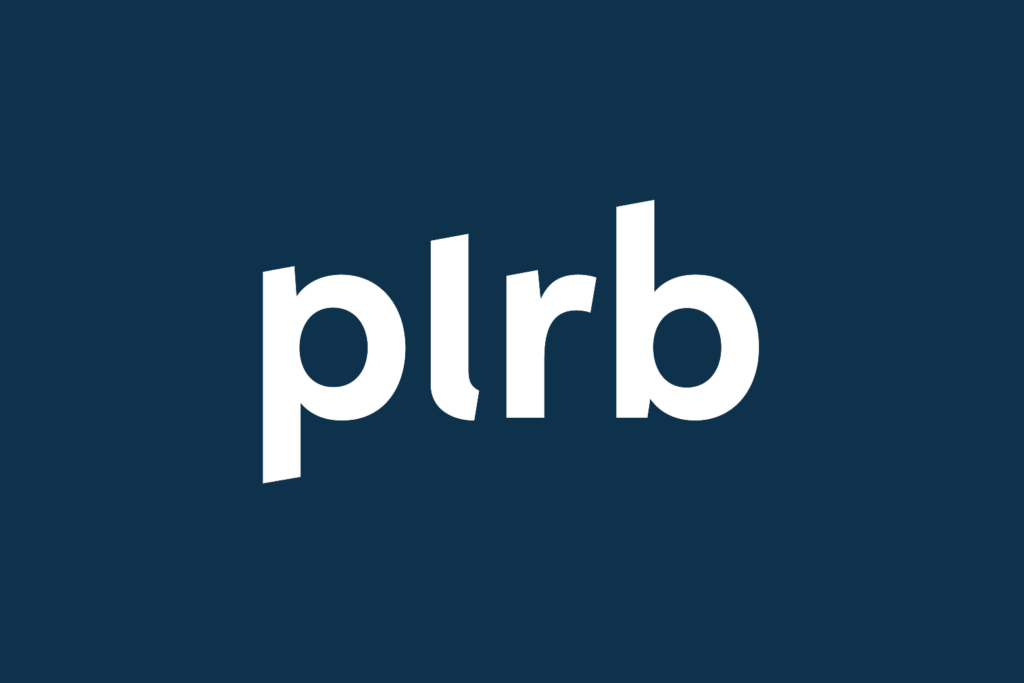Revolutionizing Insurance Claims: How AI in Insurance Claims and Machine Learning Are Shaping the Industry in 2025
The future of claims is already here—and it’s intelligent, fast, and increasingly automated. As we move through 2025, artificial intelligence (AI) and machine learning are no longer futuristic buzzwords—they’re real, practical tools making a measurable impact across the Property and Casualty (P&C) insurance industry. These technologies are transforming the insurance sector by enhancing risk assessment, claims management, and customer interactions. Implementing machine learning allows insurers to adopt these technologies to improve efficiency and performance. At the Property & Liability Resource Bureau (PLRB), we’re committed to helping our members stay ahead of these trends, supporting innovation that strengthens claims accuracy, speeds up decision-making, and improves policyholder experiences.
Traditional AI relies on predefined rules and patterns to undertake specific tasks, making its effectiveness tied to the quality and quantity of the data available. Advanced technologies, including AI and machine learning, are crucial in enhancing customer experience and improving automation in the insurance sector.
What’s Driving the Shift?
The complexity and volume of modern claims have prompted insurers to look for smarter, more scalable ways to deliver service. Enter AI and machine learning—technologies that analyze vast amounts of structured and unstructured data to make intelligent, real-time decisions. Here are a few key ways these tools are transforming claims operations:
- Smarter Fraud Detection
AI algorithms can detect patterns and anomalies often missed by human review, flagging suspicious claims faster and more accurately. Early detection is critical because fraud costs U.S. insurers more than $80 billion annually (Coalition Against Insurance Fraud). AI can help reduce those losses, freeing up time and resources for legitimate claims.
AI-powered claims management systems analyze claims data to identify patterns and detect potential fraudulent claims, ensuring that only legitimate claims are processed. These systems rely on structured data for accurate predictions and effective machine learning applications. Additionally, identifying relevant data from multiple sources is essential in optimizing and expediting the claims processing workflow, ultimately enhancing accuracy and efficiency. This automation leads to faster and more accurate claims processing, improving customer satisfaction. By streamlining the claims processes, AI helps insurance companies operate more efficiently and effectively.
- Streamlined Claim Assessments
Machine learning models now process claims using data from photos, videos, and IoT devices. McKinsey & Company reports that AI can reduce claim cycle times by up to 70%, with a 20% boost in customer satisfaction. Faster settlements lead to stronger policyholder trust and fewer administrative headaches. Optical character recognition (OCR) also plays a significant role by interpreting and categorizing handwritten documents such as police and medical reports, thereby streamlining the claims handling process.
- Enhanced Customer Support
Virtual assistants and AI-driven chatbots increasingly handle basic customer service functions, guiding users through claim submissions and answering FAQs 24/7. Gartner projects that by the end of 2025, 80% of all customer interactions will be powered by AI. That means quicker answers and less friction throughout the claim lifecycle.
- Claims Management Process and AI
The claims management process encompasses several critical steps, including claims intake, claim processing, and settlement. AI is transforming this process by automating various aspects, such as data entry, document processing, and customer communication. Claims automation software significantly reduces the workload of claims adjusters by handling routine tasks, allowing them to focus on more complex issues. This allows insurance companies to address workforce challenges and enhance operational efficiency, enabling new claims talent to develop essential skills while leveraging AI to recommend actionable insights for future challenges.
- Predictive Claims Modeling
AI tools also provide underwriters and claims teams with predictive analytics to anticipate loss trends, spot potential claim surges, and better align resources. Deloitte’s research shows predictive modeling can improve underwriting accuracy and reduce loss ratios by up to 15%.
What to Watch: Implementation Challenges
While the potential is exciting, bringing AI into real-world insurance workflows requires thoughtful planning. Here are some top considerations for PLRB Members exploring these technologies:
- Data Privacy & Security: When handling customer data, adhering to regulations like the GDPR and CCPA is essential. Compliance must be baked into every AI deployment.
- Bias & Fairness: Machine learning models are only as good as the data they learn from. To promote equitable outcomes, insurers must ensure that models are trained responsibly and evaluated for bias.
- Legacy System Compatibility: Many insurers operate with outdated infrastructure. As Accenture notes, successful AI integration often requires IT modernization and cross-functional collaboration.
AI and Data Science in Claims: A New Era Begins
Advances in artificial intelligence, machine learning, and data science will profoundly shape the future of insurance claims. Insurers will increasingly rely on AI-powered solutions to automate manual tasks, improve operational efficiency, and enhance customer experience.
As AI and machine learning become more widespread, insurers can make more accurate predictions and improve their claims process. These technologies will enable insurers to analyze vast amounts of data, identify patterns, and make informed decisions that enhance their operations’ overall efficiency and effectiveness.
Data science will be critical in informing decision-making and identifying areas where insurers can improve their operations. By leveraging data-driven insights, insurers can optimize their claims management process, reduce costs, and provide a better customer experience.
Changes in customer expectations will also shape the future of insurance claims. As customers demand more personalized and responsive service, insurers must leverage AI and machine learning to meet these expectations and build stronger customer relationships.
Looking Ahead
AI isn’t replacing adjusters—it’s empowering them. As these technologies evolve, insurers that embrace them will be best positioned to adapt to shifting customer expectations and market demands. PLRB is proud to support our members on this journey with educational sessions, technical resources, and peer-to-peer insights.
If you’re exploring AI-driven claims strategies or have valuable lessons to share, we’d love for you to be a guest on an upcoming PLRB webinar or podcast.
Join the Conversation: Join us as a guest and contribute to the discussion on innovative claims strategies. Together, we’ll continue driving forward the future of claims.
Next: In our next blog, we’ll explore how telematics is reshaping risk assessment in insurance and driving more personalized coverage options. Stay tuned!


